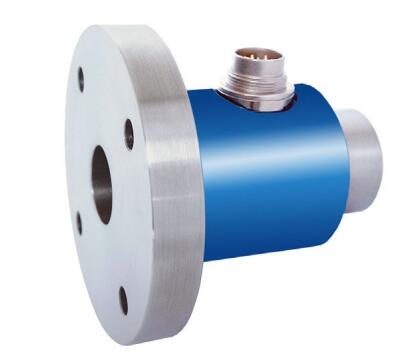Views: 20 Author: Site Editor Publish Time: 2020-05-29 Origin: Site








A reaction transducer has two mounting flanges. One face is fixed to ground or a rigid structural member and the other to the rotating or rotary element. Rotation generates shear forces between the flanges.
TM Sensor measures these forces with precision strain gages.

These incorporate wire that responds to being stretched or compressed with strand small changes in electrical resistance. While the change is subtle, it can be detected effectively by incorporating four gages into a Wheatstone Bridge arrangement.
Accurate and repeatable torque measurement is achieved through precise manufacture and installation of the strain gages — plus temperature compensation and sophisticated signal conditioning. Details vary by transducer size and type, but strain gages are typically arranged at 45 degrees to the rotation axis.
In this configuration, the shear stress produced by twisting creates tensile and compressive stresses of equal magnitude.
When selecting a reaction torque transducer, always consider the extraneous loads to which it will be subjected. Typical of such loads are bending moments and axial thrust. Transducer specifications list the maximum such loads that can be safely applied.
